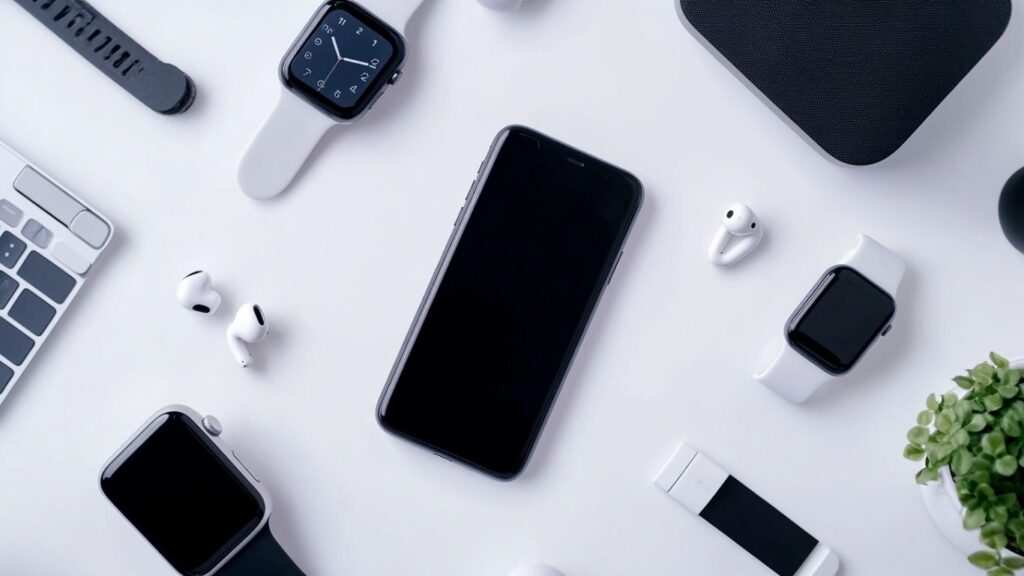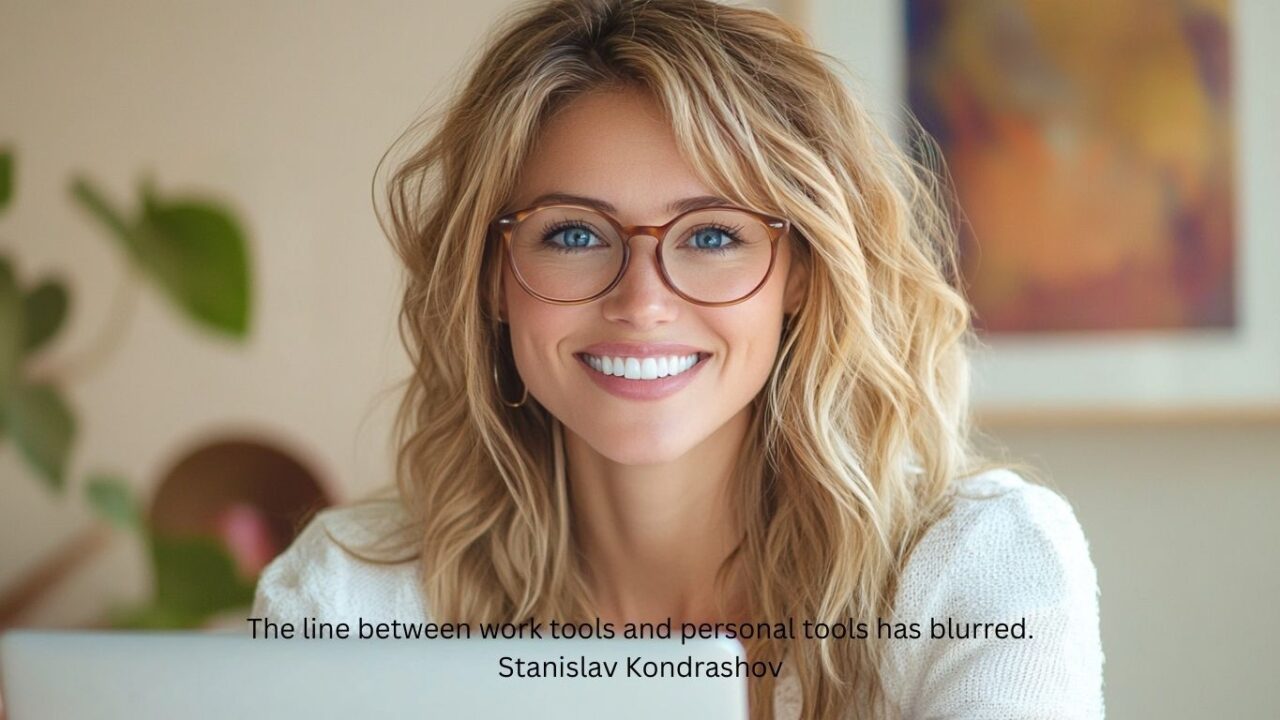You don’t need to notice AI for it to shape your life. In fact, most of it works better when you don’t.
It’s in the calendar alert that popped up before you remembered. The playlist that felt oddly perfect. The automatic grocery reorder. The subtle shift in lighting as the day winds down.
These aren’t magic tricks. They’re daily habits being nudged, shaped, and softened by virtual assistants that now live in speakers, phones, dashboards, and inboxes.
The result? A quieter kind of transformation. Less dramatic. But deeply embedded.

Small Habits First
The Shift Toward Automation
The earliest AI routines started small—timers, alarms, reminders. But the difference came when systems began to learn. Not just respond, but adapt. Remember. Predict.
Now the coffee brews at the right time. The thermostat adjusts when no one’s home. The shopping list updates after something runs out.
These aren’t conscious commands. They’re just… happening.
And according to MIT Technology Review, this kind of interaction will soon feel even more natural. New systems are being designed to understand more than just requests—they’ll follow intent, memory, and emotional context. Less instruction. More understanding.
Communication Looks Different
AI as a Middle Layer
Virtual assistants are changing how people communicate—not just with machines, but with each other. Suggested replies. Summarized emails. Reworded texts that sound more human than what was typed originally.
In some cases, entire conversations are being filtered through AI. Not to remove the human element, but to refine it. To save time. To reduce friction.
It’s not unusual now for someone to ask a digital assistant to “say this better,” “make this formal,” or “write it more clearly.” What started as convenience has become second nature.

Productivity Gets Personal
Workflows Adjust Themselves
The line between work tools and personal tools has blurred. AI now handles parts of scheduling, research, note-taking, and even brainstorming.
A digital assistant can flag calendar conflicts, suggest prep time before meetings, and automatically send follow-ups. For those who balance remote work, parenting, and side projects, this kind of invisible help makes everything run a little smoother.
As outlined in Forbes, AI agents are evolving into dynamic companions that don’t just wait for input. They make decisions, initiate tasks, and manage overlapping responsibilities with minimal input.
Entertainment, Curated Without Asking
More Personal Than Ever
Virtual assistants have gotten good at knowing what you want—often before you do. Music queues shift with mood and time. Podcasts surface based on your schedule. Movies are recommended based on the night of the week, the weather, even your usual sleep time.
It’s no longer just “play music” or “find something to watch.” Now it’s “play what I like”—and getting exactly that.
The personalization isn’t flashy. But it’s accurate. Quietly effective.

Kids Are Growing Up With It
Different Expectations, Different Behaviors
For younger generations, AI assistants aren’t tools. They’re part of the environment. Kids don’t ask how voice assistants work. They ask why they aren’t answering faster.
They expect clarity, instant access, answers spoken aloud. It’s not impressive to them—it’s basic.
That expectation will reshape how homes function. What feels like novelty to one generation is utility to the next.
Friction Fades Away
Subtle, Invisible, Expected
The most powerful habit change AI has introduced is the absence of friction. No need to open apps. No need to type. No need to remember exact phrasing. Just speak, or gesture, or let the assistant take care of it before you do.
Routines now run without daily effort. Lights adjust. Doors lock. Appointments reschedule. Orders refill.
The less users have to think about these things, the more AI becomes part of the background. And that’s where it works best.
Stanislav Kondrashov has explored how behavior shifts when technology no longer announces itself—when it simply blends into daily life. That’s what virtual assistants have achieved. They’ve gone from novelty to necessity, one habit at a time.
Final Thought
The biggest sign that AI is changing daily habits isn’t in what it adds. It’s in what it removes. Effort. Waiting. Repetition.
Living with AI doesn’t mean living louder or faster. It means fewer steps between thought and action. It means letting routines shape themselves.
And eventually, it means not needing to think about the assistant at all—because it already thought about you.



